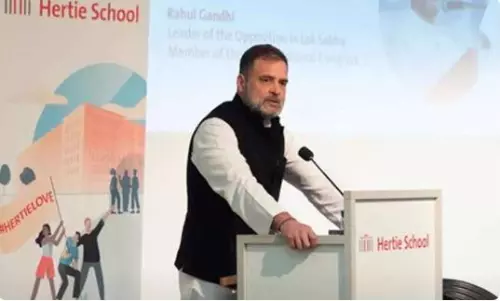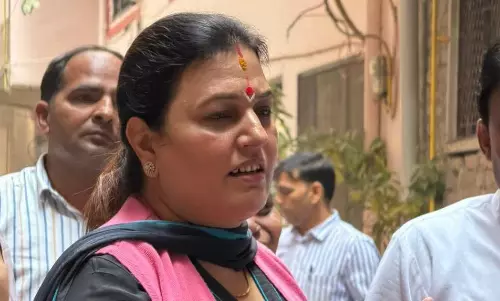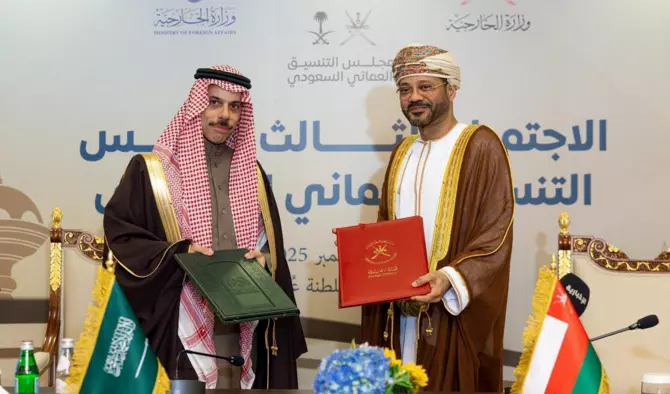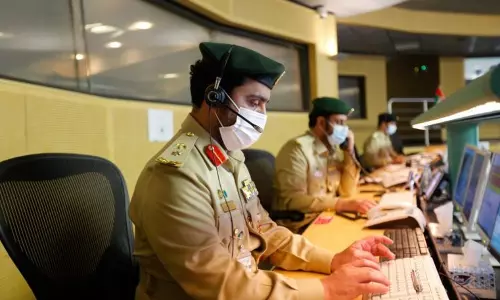
Higher secondary education discrimination: the time to fix it is now
text_fieldsThis is the time when the answer sheet valuation of the Class-10 exam are going on at a fast pace. Kerala Education Minister has informed that the result will be announced on May 10. It is good that the recommendations of the committee headed by Karthikeyan Nair, former Director of Higher Secondary Education appointed by the government to study the problems related to Plus-One admission, were submitted at this time. Keeping in mind the experience of previous years, the pass rate is sure to be above 98% this time too. Following that, higher Secondary Admission will be a struggle in northern districts. At the same time, seats will remain vacant in southern Kerala due to a shortage of students. The rumour is that the Karthikeyan Nair Committee has given helpful suggestions to end this recurring discrimination. The state government should be ready to solve this problem permanently before starting the single window system.
The main recommendation of the committee is to tighten the condition that maximum of fifty students should be admitted to a class in higher secondary so that students can get individual attention in their education. The Committee also acknowledges the fact that in Malabar region there are not enough number of higher secondary batches proportionate to the number of students graduating 10th Standard and there are 60-65 students in a class. The committee has also found discrimination between northern and southern districts in the allotment of batches. To solve them, it is necessary to decide that a maximum of 50 students will be admitted to a class and prepare to allocate new schools and batches in proportion. This is the most opportune time to stop the practice of temporarily solving the problem by allocating additional seats and temporary batches. It will stop the situation of more than 16,000 students from the Malappuram district and more than 10,000 from Kozhikode and Palakkad districts being excluded from Plus One regular studies.
The Karthikeyan Committee concluded that the main reason for the imbalance in higher secondary admissions was the allocation of batches in the past without scientific studies or evaluation. This is a fact that has been repeated many times by Madhyamam. When the Plus One admissions for the year 2022-23 were completed, it was found that there were not enough students in 92 batches of 71 government higher secondary schools and 19 batches of 16 aided schools. However, 80.65% of those who got admission to Open School (School Kerala) were in Malabar and 41.28% were in Malappuram district alone due to insufficient seats. The crisis has now become the result of allocating schools and batches subject to political and community pressure under the guise of the government's decision to have at least one higher secondary school in every panchayat. The fact that there are no students in such institutions does not bother the management as long as they have received the lumpsum from candidates according to the 'market level' in the appointment of teachers. Meanwhile, in Malabar regions, instead of allocating batches, additional seats were allotted. As a result, classrooms are overcrowded and teachers are inadequate. The committee suggested that to solve this problem, teachers will have to be redeployed from schools with fewer students to schools with more students.
It is time for the government to wake up and work to ensure that higher secondary education, which is the most crucial part of the education phase, is free from controversy and to create a student-friendly environment in colleges. Our students deserve a scientific student-teaching ratio, equal opportunity to learn without regional discrimination, and a quality learning environment. We must be able to provide it.























